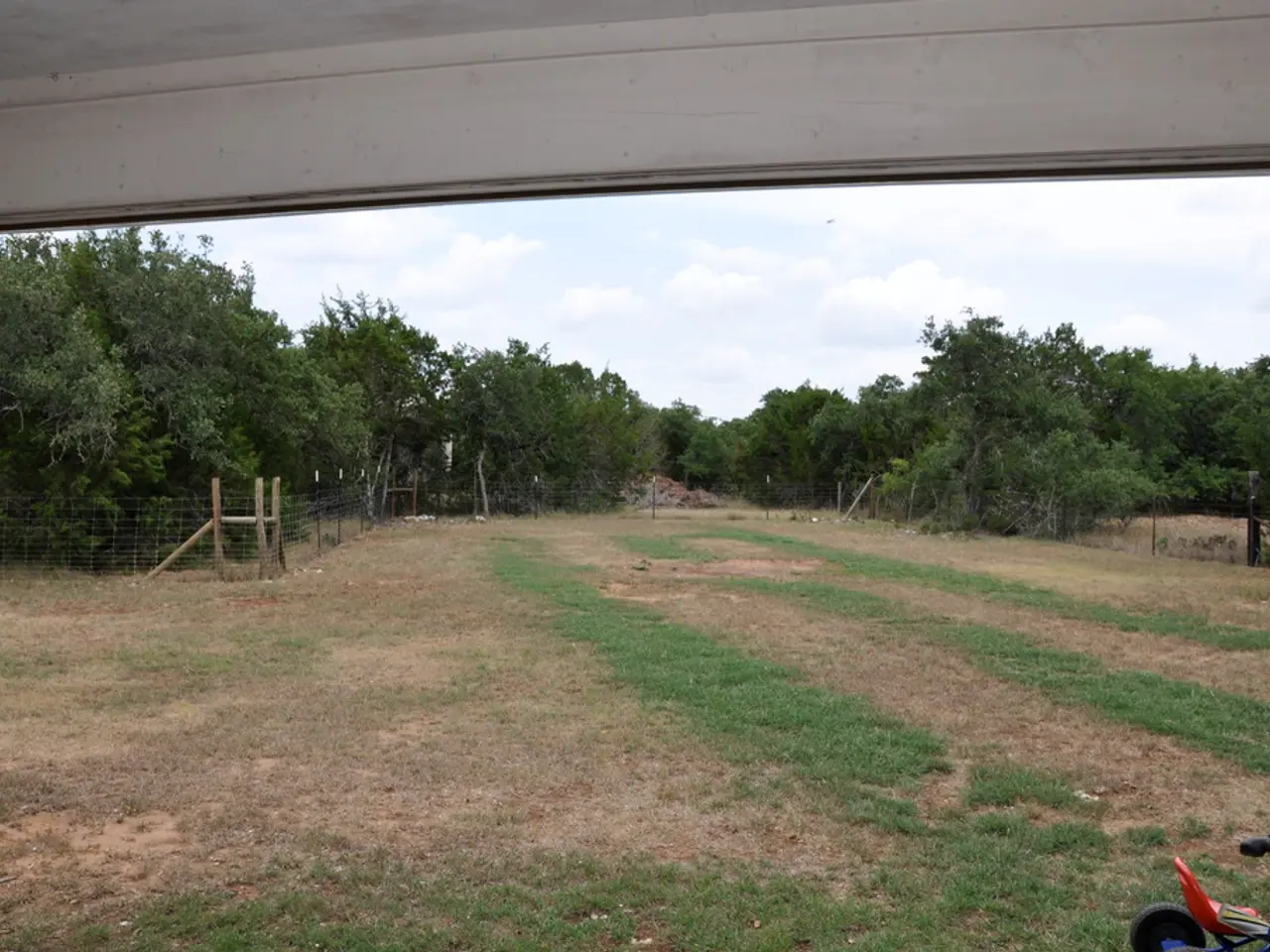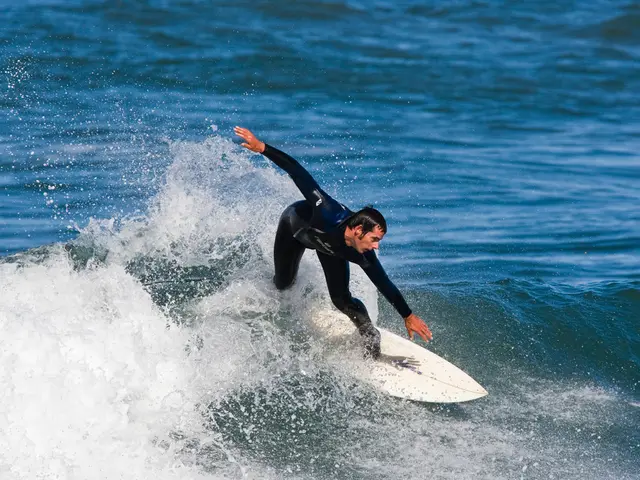Transforming a Subaru Crosstrek Wilderness Into a Mobile Overland Explorer
In a 29-day crossing of the United States on the TransAmerica Trail (TAT), a Subaru Crosstrek Wilderness (CTW) was put to the test as an overland adventure vehicle. The journey, spanning more than 7,100 miles with over 3,100 miles off-pavement, highlighted the vehicle's capabilities and the benefits of strategic modifications.
Sleeping Setups
For easy, elevated camping without sacrificing interior space, a rooftop tent supported by the Wilderness’s robust roof rails (rated up to 700 lbs static load) proved to be a popular choice. Alternatively, a slim, foldable sleeping pad or an inflatable mattress could fit inside the vehicle when camping in tighter spaces.
Tire and Wheel Upgrades
Upgrading to larger, high-quality all-terrain tires, such as BFGoodrich's All-Terrain KO2 tires, provided better grip and clearance off-road. It's essential to consider wheels that balance weight and strength but avoid excessive size to maintain handling and avoid added strain on the CVT and AWD system.
Suspension Modifications
Adding a mild lift or upgraded off-road suspension components increased the ground clearance beyond the stock 9.3 inches, enhancing the vehicle's capability on rocky or uneven trails. Upgrading shocks and springs tailored for overland loads improved ride comfort and handling.
Auxiliary Lights
Installing LED light bars or driving lights on the roof rack or front bumper improved visibility during night driving or poor weather conditions.
Refrigeration
A compact 12V portable fridge/freezer, such as the ARB Classic Series II 50 quart Fridge Freezer, was used to keep food and drink cold during the long TAT trip.
Power Sources
Supplementing the vehicle’s battery with auxiliary batteries, a dual battery system, or portable solar panels ensured reliable power for refrigeration, lighting, and electronics without draining the starter battery. A portable power station or inverter provided safe power for running and charging devices.
Weight Management
Keeping the vehicle weight within its gross vehicle weight rating (4,817 lbs) by packing efficiently and prioritizing essential gear was crucial to maintain fuel economy, handling, and suspension longevity.
After thoughtful upgrades on tires, suspension, lighting, and power, plus efficient packing and clever sleeping arrangements like a rooftop tent, the Crosstrek Wilderness proved to be a surprisingly capable and livable overland adventure vehicle.
During the TAT trip, Primitive Racing's skid plate set was used to protect the Subaru's underbelly, while an Ecoflow DELTA 3 Plus portable power station was used to supplement power for electronics. Reika R15 Seeker wheels were added for a more aggressive stance.
While the Crosstrek Wilderness is capable for a crossover, it's not as off-road capable as a true 4x4, such as a Ford Bronco, Jeep Wrangler, or Toyota 4Runner. A rooftop tent, specifically a Thule Approach, was used for overnight accommodations.
- The Subaru Crosstrek Wilderness, equipped with a rooftop tent supported by robust roof rails, offers an easy and space-efficient sleeping solution for overland adventures.
- Upgrading to larger all-terrain tires, such as BFGoodrich's All-Terrain KO2 tires, and choosing wheels that balance weight and strength are essential modifications for improved off-road capability.
- Adding a mild lift or upgraded off-road suspension components, along with upgraded shocks and springs tailored for overland loads, enhances the vehicle's ground clearance and improves ride comfort.
- Portable power solutions, such as auxiliary batteries, a dual battery system, portable solar panels, or a portable power station, ensure reliable power for electronics, lighting, and refrigeration during extended overland trips.




